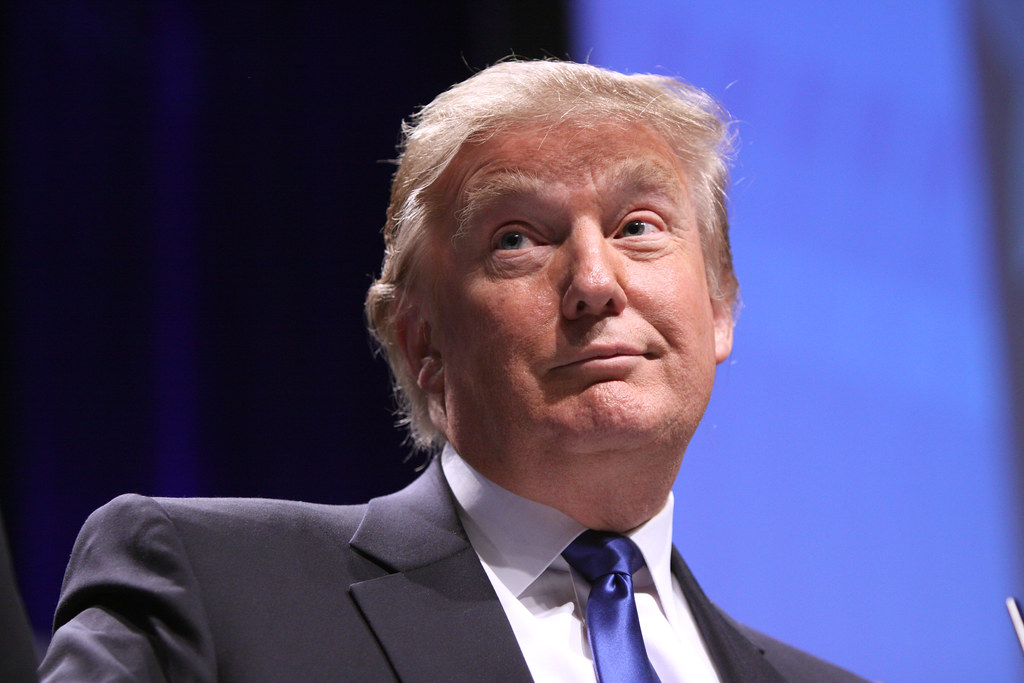TPP: Trump Backs Out of the Trans-Pacific-Partnership
Trump is no stranger to making controversial headlines and his recent decision to withdraw the United States from the Trans Pacific Partnership agreement is no different. Obama spent the last 7 years negotiating the deal, so the decision comes as a blow to those loyal to the Obama administration.
The agreement was designed with the hope of eventually creating a single market, which would be similar to that of the European Union. Since Trump has pulled the U.S. out of the agreement, the TPP will be nearly impossible to ratify as is; the agreement required all 12 countries to ratify within a 2-year period. For those nations wanting to renegotiate a trade deal without the U.S., other key players, such as Japan, say U.S. participation was the carrot on the stick.
What is the Trans Pacific Partnership Agreement?
The TPP was a trade agreement between nations consisting of 40% of the world’s trade market: Australia, Brunei, Canada, Chile, Japan, Malaysia, Mexico, New Zealand, Peru, Singapore, Vietnam and the United States.
If you’re not familiar with trade agreements, they’re treaties between two or more nations agreeing on terms of trade between them. These agreements are typically aimed at reducing or eliminating tariffs, quotas, and other trade restrictions. The intention is to grow economies by increasing the trade of goods and services between the nations party to the agreement.
 Of course the TPP agreement focused on reducing tariffs, but it went beyond the standards of the World Trade Organization and focused on negotiating labor, environmental and intellectual property protections as well. Here’s a few highlights of what the TPP would have done:
Of course the TPP agreement focused on reducing tariffs, but it went beyond the standards of the World Trade Organization and focused on negotiating labor, environmental and intellectual property protections as well. Here’s a few highlights of what the TPP would have done:
- Trade barriers. The TPP agreement would have cut over 18,000 tariffs on all U.S. manufactured goods and farm products. The agreement also would have mandated expedited customs procedures.
- Environmental protection. The TPP is argued by some to be the most environmentally friendly trade deal ever negotiated, as the agreement requires signatories to commit to take appropriate measures to protect and conserve wildlife.
- Good governance. The TPP agreement required all signatories to join the United Nations Convention Against Corruption, which is focused on criminalizing bribery of public officials and the general governance enforcing anti-corruption laws.
- Human rights. The TPP prohibits exploitative child labor, forced labor, employment discrimination, and ensures the right to collective bargaining.
- Intellectual property. The TPP would have required signatories to establish uniform standards for patentability and copyright
- Labor standards. The agreement would have enforced obligations to protect the freedom to form unions, as well as enforce fair labor practices.
- Investor-state arbitration. The TPP would have granted investors the right to sue foreign governments for violating the treaty.
The Good and the Bad
Of course there’s two sides to every story. Critics of the TPP applauded Trump for withdrawing from the agreement, arguing withdrawing will bring jobs back to America. Proponents of the TPP feel the withdrawal will give China more control over the Asian market.
Since tariffs would have been reduced on industrial goods, Japanese car companies such as Toyota and Honda would have had cheaper access to the U.S., while vehicles exported from the U.S. could have increased because of new access to markets such as Vietnam. Cuts on poultry, beef, dairy, sugar, wine, rice and seafood would have benefited several agricultural companies.
International labor laws were negotiated as part of the agreement, which is a major benefit for less developed countries, however, many argue this would have resulted in job losses from developed countries like the U.S. The agreement is said to not be favored by pharmaceutical companies because the intellectual property rights were too lenient. Additionally, those against the agreement urge it would have driven up prescription costs and, thus, left many without the means to afford life-saving drugs. Decreased global roaming charges seems like a great idea, however, this could lead to increased competition between telecommunication companies and end up resulting in higher prices for consumers.
What’s Next for the U.S. and Trade?
As part of his “America First” stance, Trump promised throughout his campaign to be more aggressive against foreign competitors and backing out of the TPP agreement draws a stark line. This global cooperation attitude risks doing more harm than good. There’s been threats of increasing tariffs up to 10% on all foreign imports, not to mention Trump’s most recent plan to tax Mexican imports 20% in order to pay for construction of the border wall, which risks starting a trade war with other countries that could ultimately result in a financial spike in consumer goods.


Comments